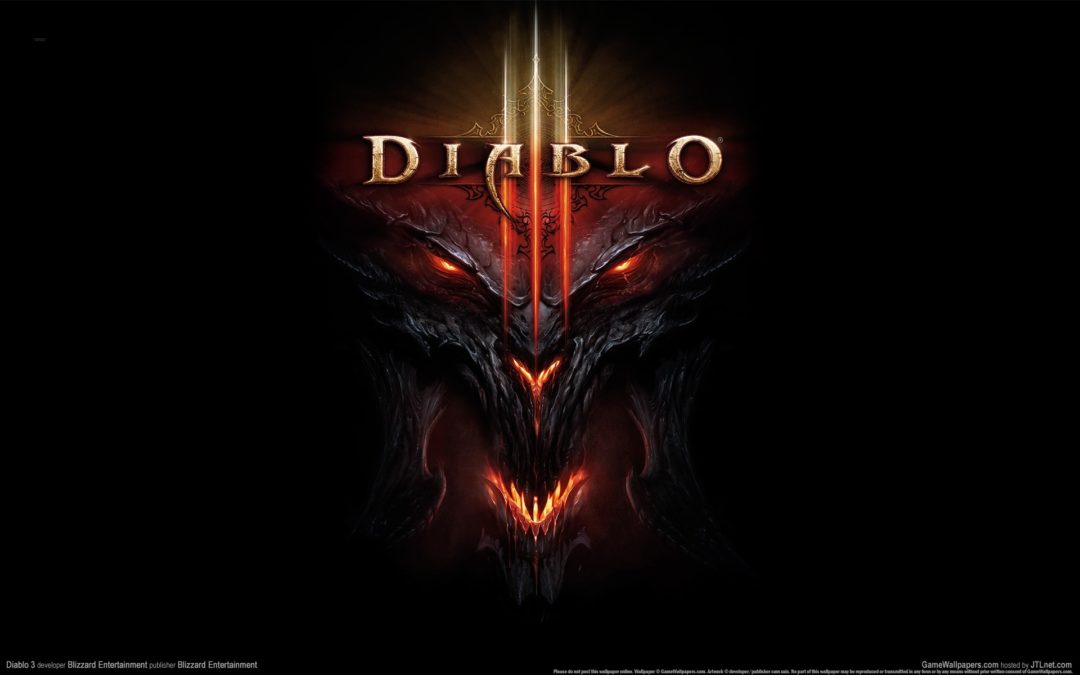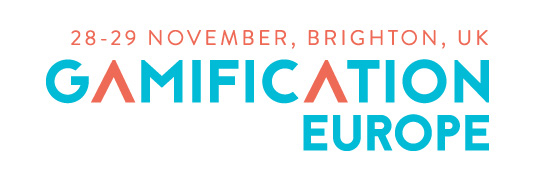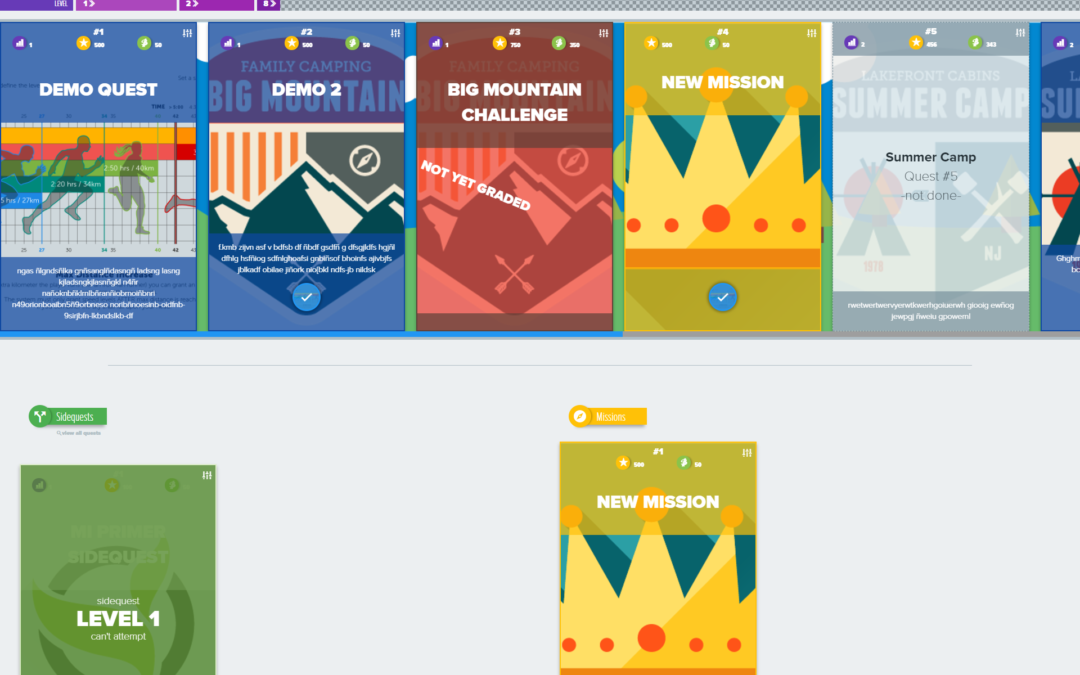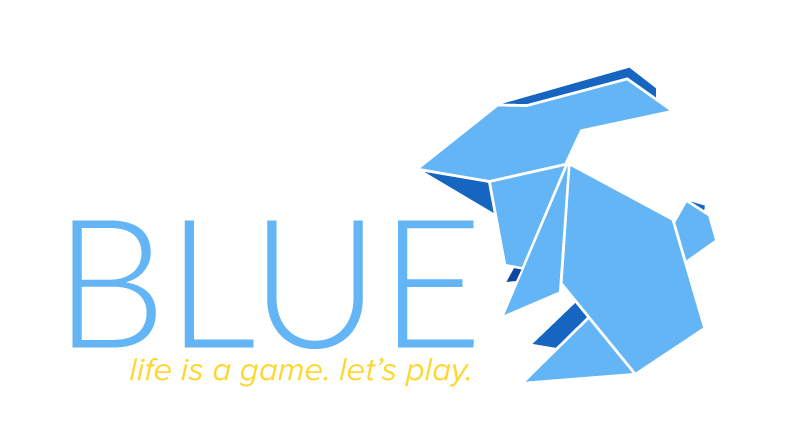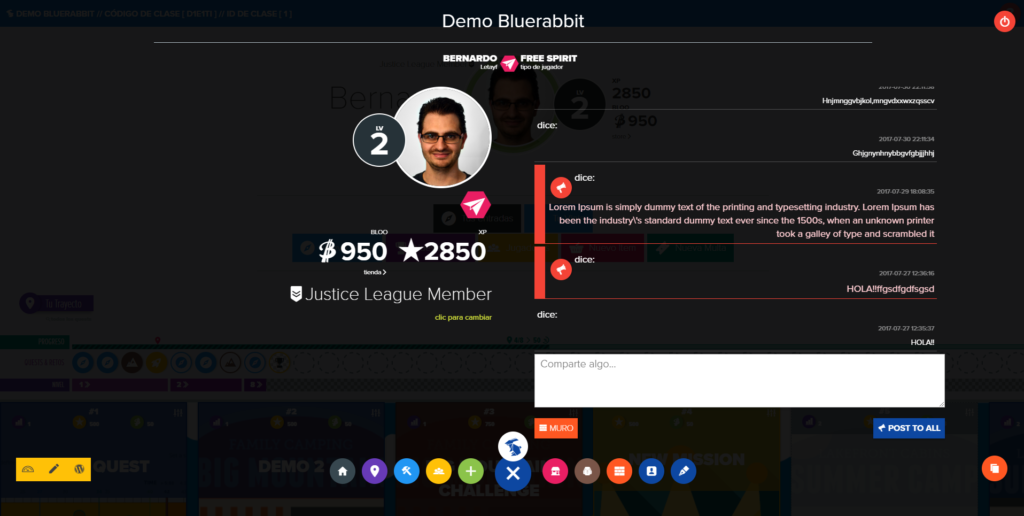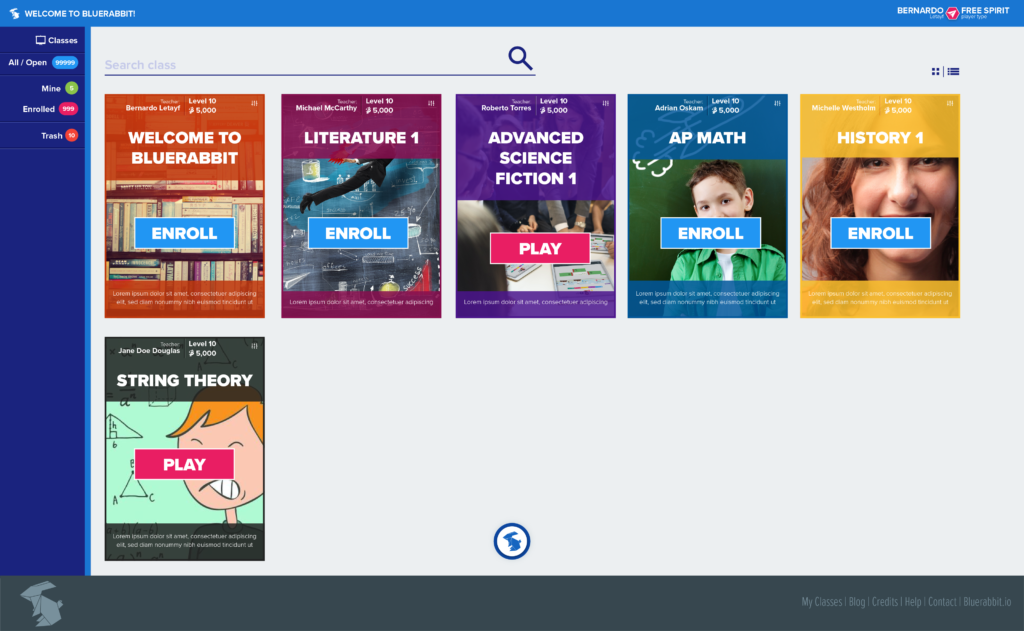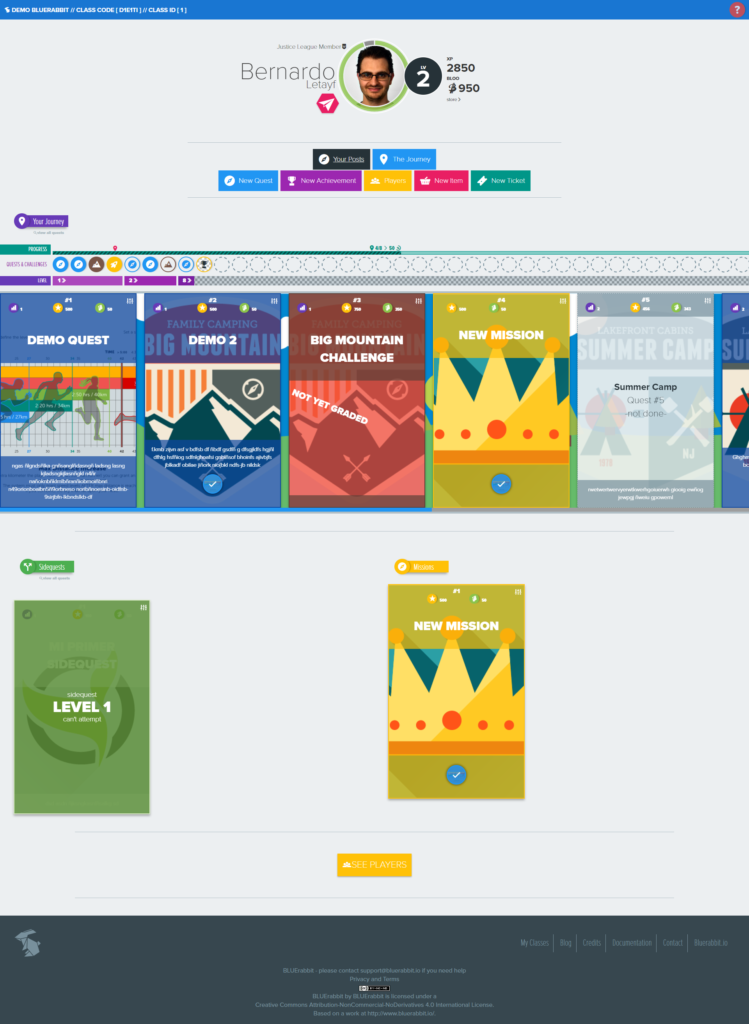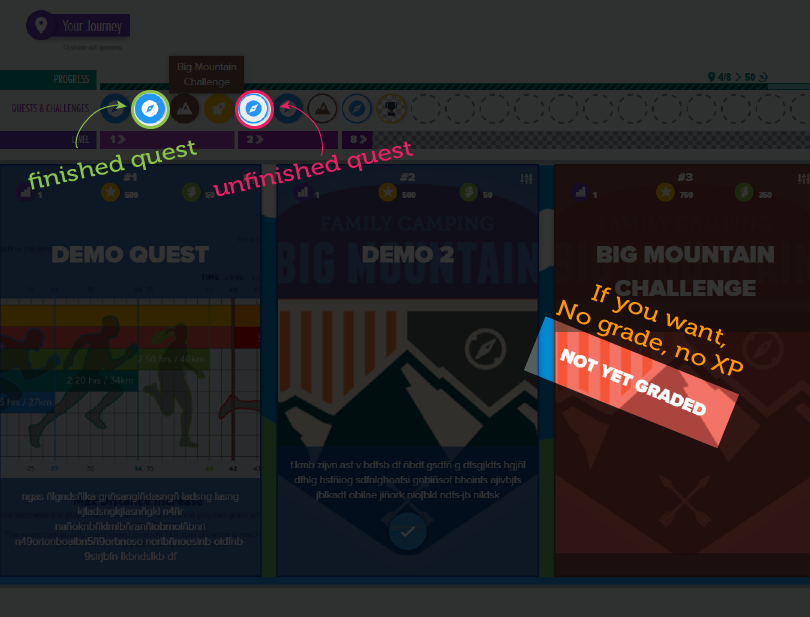The core idea of gamification is take from games the best concepts and use them in real-life/non-game contexts.
Learning from games is the best thing we can do as experts, as we cannot hope to reveal all the secrets on EVERY single game or think we can possibly build one super game that covers everything, we must take a good look into others and constantly analyze them and take the best ideas from them.
I'vee been playing Diablo III for a while and it is fantastic. I believe that the part that caught my attention the most is the balance of the system.
Despite what many will mention in forums and several discussions around, the game is incredibly well balanced. Now, this is NOT a game review so let's first get started there: What do I mean with balance?
Balancing game systems is not about a great story vs graphics vs gameplay.
It refers specifically on how well every type of character in the game can perform. Meaning that it doesn't matter if you are a wizard or a barbarian, both type of players must be EQUAL.
This is one of the core components in gamification success. A balanced system will let all players feel they are treated fairly while the other hand might have them feel the system is against them.
So, how does Diablo III balances all player classes?
It's actually complex in a mathematical way but incredibly simple from a game designer point of view.
The key lies within the stats of the player. There are SO MANY stats that it becomes absurd trying to learn each of them by heart knowing how much damage your wizard can make against undead which will change completely right after you pick up that brand new wand.
Having MANY stats allow the mathematical balancing of the players be a lot easier because you have room for all player types to perform and experiment with different abilities.
Here's a quick example:
Characters have 4 basic attributes: Strength (STR), Dexterity(DEX), Intelligence (INT) and Vitality (VIT). The easy way is to create 4 classes that depend primarily on each attribute: Barbarian, Demon Hunter, Wizard and Crusader. You realte each of them with an attribute and you get certain balance. Think of it as rock, paper scissors.
STR > DEX > INT > VIT > STR
That way you have a Barbarian beating a Demon Hunter beating a Wizard beating a Crusader beating a Barbarian loop.
Now, as you can see, mathematically it will be complex when you get to 9,803 DEX points, however, understanding that DEX beats INT, all you need to do is a simple equation:
IF (DEX ATTACK > INT DEFENSE) { Damage Wizard = DEX ATTACK - INT DEFENSE }
It may seem a bit to "cody" for some, but it really is a simple question followed by basic math.
Now, how does all this round up against a gamified system.
In #gamification you will be dealing with many personalities. In Diablo you think of them as Character Classes. In your office or classroom they'll manifest in very different ways.
Since you can't measure emotion or learning, you need to build up standard abilities of your players based on their preference and styles. Close the system down to 4 types (usually the most accepted amount in EVERY brain study ever) and make sure that there is the same type of loop.
Reward growth of each ability based on what challenge the player faces: The four types are BLUE, RED, GREEN and YELLOW. If you finish a RED mission, you get BLUE points, you finish a GREEN one, you get RED points. Based on the same principles as before: BLUE > RED > GREEN > YELLOW > BLUE. That way, people will be free to choose their own style and then GROW and PROGRESS based on such style.
Hope I'm not too overboard with explanations here... Hope you like it.
#Gamification IS about analyzing games and making great systems. If you can play ANY game and figure out the mechanics they use and how to take advantage of the rules, you are already a #gamifier.



